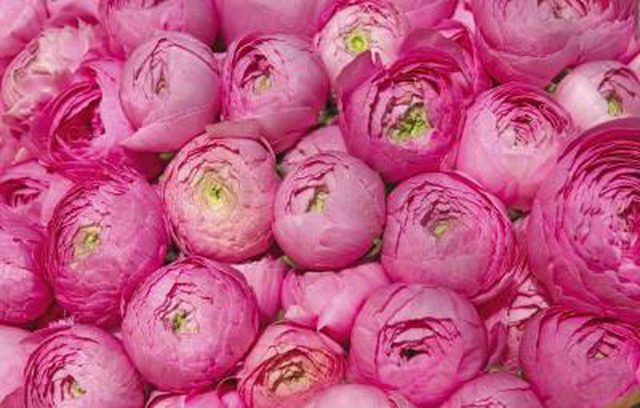Bulbs
Flower Basics
Flower Beds & Specialty Gardens
Flower Garden
Garden Furniture
Garden Gnomes
Garden Seeds
Garden Sheds
Garden Statues
Garden Tools & Supplies
Gardening Basics
Green & Organic
Groundcovers & Vines
Growing Annuals
Growing Basil
Growing Beans
Growing Berries
Growing Blueberries
Growing Cactus
Growing Corn
Growing Cotton
Growing Edibles
Growing Flowers
Growing Garlic
Growing Grapes
Growing Grass
Growing Herbs
Growing Jasmine
Growing Mint
Growing Mushrooms
Orchids
Growing Peanuts
Growing Perennials
Growing Plants
Growing Rosemary
Growing Roses
Growing Strawberries
Growing Sunflowers
Growing Thyme
Growing Tomatoes
Growing Tulips
Growing Vegetables
Herb Basics
Herb Garden
Indoor Growing
Landscaping Basics
Landscaping Patios
Landscaping Plants
Landscaping Shrubs
Landscaping Trees
Landscaping Walks & Pathways
Lawn Basics
Lawn Maintenance
Lawn Mowers
Lawn Ornaments
Lawn Planting
Lawn Tools
Outdoor Growing
Overall Landscape Planning
Pests, Weeds & Problems
Plant Basics
Rock Garden
Rose Garden
Shrubs
Soil
Specialty Gardens
Trees
Vegetable Garden
Yard Maintenance
How to Force Peonies to Open
How to Force Peonies to Open. Flowers of peonies (Paeonia spp. and cvs.) star in vases and centerpieces, and they appear at weddings. Having them open on time makes all the difference at an event. Even though peony plants tend to be trouble-free once they're established, getting them established so that their buds open can take some finesse....

Flowers of peonies (Paeonia spp. and cvs.) star in vases and centerpieces, and they appear at weddings. Having them open on time makes all the difference at an event. Even though peony plants tend to be trouble-free once they're established, getting them established so that their buds open can take some finesse. Peonies are hardy in U.S. Department of Agriculture plant hardiness zones 3 through 8, depending on the variety. Cut peony flowers by using sharp garden shears that were sanitized with a household disinfectant, and sanitize the shears between plants to avoid possible transmission of pests and diseases.
When Buds on Plants Don't Open
If peonies' flower buds stay closed while on the plants, no way exists to force them to open. The best you can do is solve the problem for next season. Planting depth for peonies can trip up even adept gardeners. The bumps, which also are called buds, on a peony's rootstock have to be at a shallow soil depth, right at or up to 1 inch below the soil surface. If they are planted more than 2 inches below the soil surface, the peony may have foliage and flower buds, yet the flower buds may fail to open. Gently scoop away soil until the plant's crown -- where the roots and stems join -- is barely covered with soil. If the peony is planted quite deep, create a new shallow trench and replant it.
The Right Bud Stage to Clip
Cutting the flower buds at the right stage is the key to buds that open the fastest. In order to have the best results, wait until the buds start to open and feel soft to the touch. When you squeeze a flower bud, it should feel like a marshmallow. Peony buds exude a nectar that attracts ants. The ants do not harm the plants or the flowers, and the ants go away on their own. They often leave by the time the buds enlarge to the right stage to pick. Put cut buds in water immediately.
When Buds in a Vase Don't Open
The flower buds usually open within one day in a vase. Hard buds that are tightly closed aren't developed enough to open that fast, however. Putting the flower stems in warm water in a warm room, such as your kitchen, will force the buds to open faster. Clip off all excess leaves on the stems. Use sharp, disinfected garden shears to cut the stems at a 45-degree angle under water. This technique improves the stems' uptake of warm water to force open the blooms. Change the water for fresh warm water three times each day. Move the flowers to a cooler place after they open. Extra peony buds in the hard-bud stage keep fresh in a refrigerator.
What the Plants Need
One strategy to reduce the need to force peony flowers in the future is to plant varieties that bloom at different times. Plant nurseries and bulb catalogs often tag peonies as early, mid-season or late bloomers. Cover all the bases in those bloom options, and you'll have peonies in bloom for weeks. Peonies generally bloom from early spring to summer in Mediterranean climates and from early to mid-spring in cooler climates. Because they need cold temperatures for winter dormancy in order to bloom, they may not perform well in hot climates. Early bloomers are the best choice for southern U.S. states. It may take three years for a peony plant to bloom.